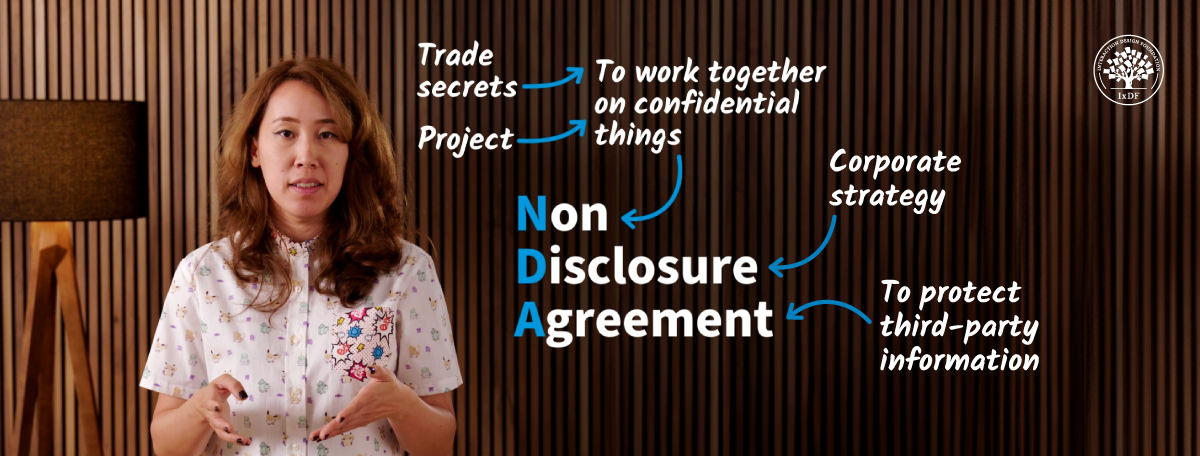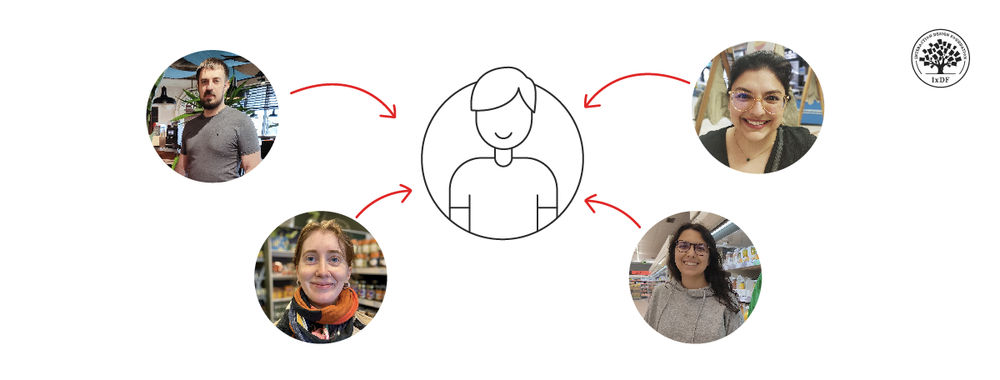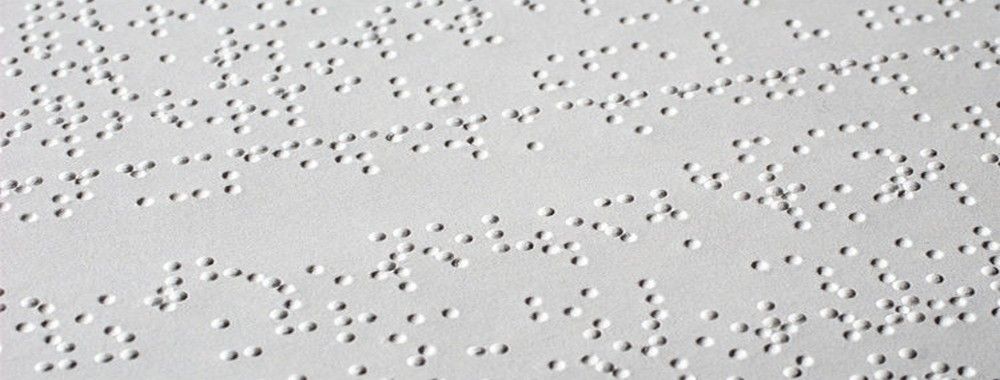Are you struggling to showcase your best projects in your design portfolio because of NDAs? It's a common dilemma for designers. Let's look at some practical ways to talk about your work without breaking the rules and still highlighting your skills.
In this video, Morgane Peng, Design Director at Societe Generale CIB, defined what Non-Disclosure Agreements (NDAs) are in the design industry.
NDAs and Design Portfolios: Shine Without Breaking Rules
NDAs, or Non-Disclosure Agreements, are a cornerstone of trust in the design industry. These legal agreements protect confidential ideas and information shared between clients and designers. In essence, NDAs create a safe space for innovation. Clients and designers can freely share their ideas and information without fear of having them stolen or misused. This is necessary to foster a collaborative environment where creativity can flourish. Also, NDAs outline what information is confidential and help prevent potential disputes over intellectual property. They're a sign of professionalism and show a commitment to respect and protect each other's creative and intellectual contributions.
However, NDAs often restrict the ability to showcase project details within a portfolio, which can create a dilemma for designers: how to balance confidentiality with the need to showcase your projects. While confidentiality must be respected you also need to build a design portfolio with your strongest projects to advance your design career.
In this video, Morgane Peng tackles this dilemma and offers some strategies to highlight your expertise even with NDA-protected projects.
The Take Away
Non-disclosure agreements (NDAs) are important legal contracts that keep sensitive information safe—they are essential in design to foster innovation and trust between the designer and employers or clients. However, as a designer, you need to be able to showcase your best projects in order to advance your career. To do this, discuss with your employers or clients how to showcase your work without breaching the agreement.
Hiring managers need to see that you respect NDAs to know that you are a trustworthy professional. Therefore, clearly state in your portfolio which projects are NDA-protected, and if you disclose any details state that you have explicit permission.
References and Where to Learn More
Take our course Build a Standout UX/UI Portfolio: Land Your Dream Job.
Read How to Handle Non-Disclosure Agreements (NDAs) When You Write Your UX Case Study.
Check out UX Collectives piece Is NDA getting in the way of your design career?
Join a local community where conversations turn into opportunities—connect with your IxDF Local Group.
Hero image: © Interaction Design Foundation, CC BY-SA 4.0












